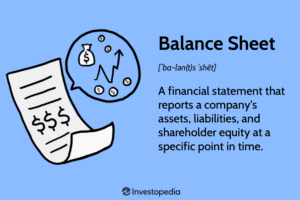
Until this century, AT&T dominated communications. While I often blamed management for its failure, it’s clear now that the failure was financial. AT&T built and rebuilt its network primarily with debt. It kept its value high with a sizable dividend. As a result, its financial power and management attention were focused on the network.
Cloud Czars, by contrast, built their networks with operating cash flow. Their focus was on their applications. Amazon focused on its store and rental of excess capacity. Microsoft built clouds for its software, Google for its search, Meta for its social network. The infrastructure was secondary.
That’s no longer the case, given the huge costs of AI computing. The Czars are pouring hundreds of billions of dollars this year into their networks. The networks have become their focus. To this end they’re squeezing customers and employees every way they can, raising prices on the former, getting rid of the latter.
The network focus has taken their eyes off the ball, which is the services they were built to provide. They’re becoming top-heavy, and their efforts show it. They are building AI around huge teams. Each has a bureaucracy devoted to the product.
But we know that’s not how you build great software.
Losing Agility

Small entrepreneurial teams, with limited resources, are where tech has always found its breakthroughs. It was when the Czars were young themselves that they developed what they needed to thrive. They’re now vulnerable to the same process.
Google is in the worst shape. AI is wearing away its dominance in search. That’s cutting its cash flow. In the past the company’s “other bets” built entrepreneurial teams that took pressure off its primary business. It’s like AT&T with Bell Labs. Bell Labs gave us transistors and dozens of other innovations, but it failed to capitalize on most of this because of the company’s focus on the network.
All the major cloud players are now focused first on their networks and infrastructure. They’re building huge teams that aren’t devoted to their product, or customers. Even the newer American players, X and OpenAI, are using this infrastructure-first approach.
If Deepseek proves nothing else, it’s that this approach is stupid. The software first approach is always best, which is giving open source consortia and foreign competitors a huge advantage in a market that doesn’t exist yet. Creating and capitalizing on breakthroughs is how tech moves forward. It’s why each new generation of technology has new leadership.
Aging companies focus on how rather than what, and on their bureaucracy rather than their customers. That’s fine if you’re selling soda or running a store. But technology is a software business. Our Cloud Czars have forgotten that, and the price to be paid is going to be enormous.
Our grandchildren could easily be talking about Google and Microsoft the way we talk about IBM and AT&T.
For now, examine the balance sheets of all five Czars carefully, and look for signs of rot when they next report numbers in April.
What to Look For

I expect those limits to be exceeded this year. I expect significant deterioration in what analysts will call “the quality of earnings.” The fact is that service revenue isn’t keeping up with capital expenditure, and a break will come.
It is at that point that the Czars will face a hard set of choices. How they respond will determine their fate. If they fail to focus on customers, and on building efficient rather than just capable software, their doom will be sealed.










